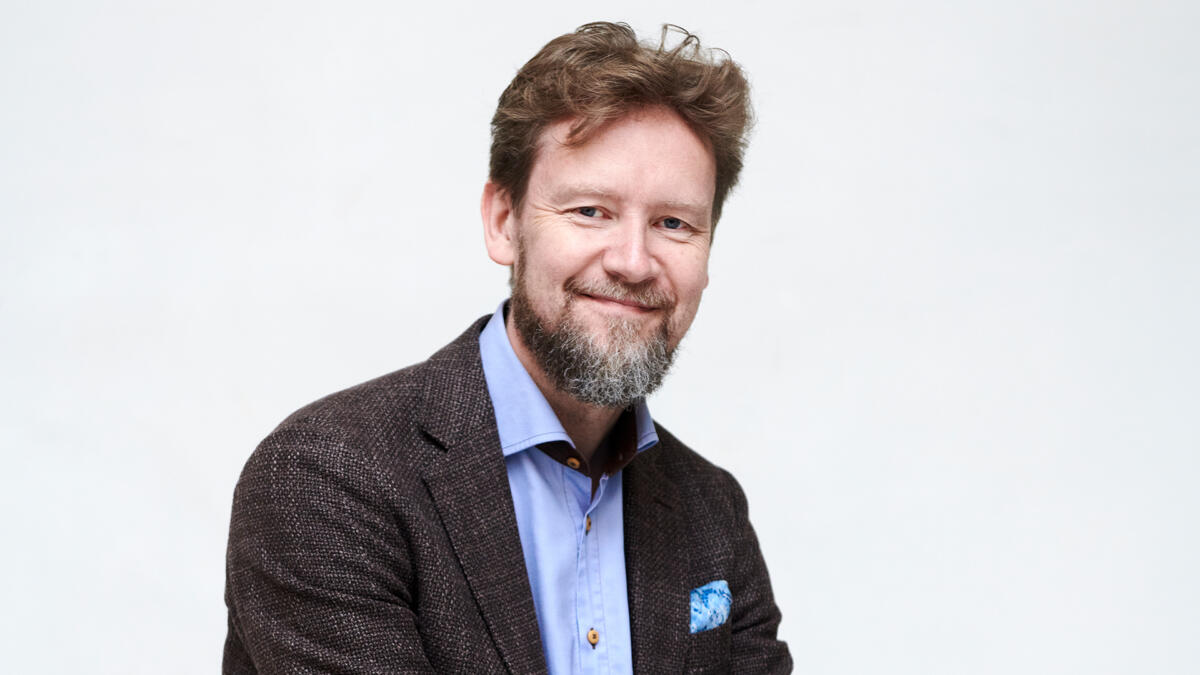Sidelining growth in the creative fields is not an option when allocating funding
The Government decided not to make cuts in the cultural sector in its mid-term policy review, which is something Uniarts Helsinki is grateful for. Nevertheless, Uniarts Helsinki cautions that the current allocation framework for RDI funding may undermine the creative fields’ opportunities for growth and jeopardise the utilisation of these fields’ full potential.

The Government decided not to make cuts in the cultural sector in its mid-term policy review. We want to thank the Minister of Science and Culture for this decision, as it acknowledges the significance of the arts and cultural sector and its effect on society’s sustainability, inclusivity and renewal even in financially challenging times.
At the same, we are worried that cuts in the university sector and the allocation methods in use for research, development and innovation (RDI) activities may undermine the creative fields’ chances to contribute to the joint effort of growth and renewal in Finland.
“The decisions made in recent years have gradually changed the funding balance between the universities. The fields that Uniarts Helsinki represents have been left out of several one-off decisions on additional funding, which has weakened the arts sector’s chances of succeeding in the current funding model. These funding allocation mechanisms that reward fields that are already historically on a solid footing may further reinforce this bias,” Rector of Uniarts Helsinki Kaarlo Hildén notes.
The creative sector plays a central role in Finland’s growth strategy, and the creative fields have major potential to renew the economic structure and generate new value. Therefore, it is essential that the special characteristics of the creative fields, too, are kept in mind when allocating additional RDI funding. Uniarts Helsinki’s research and development activities are reflected on its significant number of artistic productions and publications, but these are currently not taken into account in the indicators included in the funding model that is applied to higher education institutions.
“Boosting the creative fields’ growth requires investments in research, development and innovation activities in these fields.” Funding must be allocated in a way that recognises both potential and existing diverse methods of producing impactful research data and artistic innovations. If RDI funding is allocated based purely on past results and traditional indicators, there’s a risk that Finland wastes a major part of its ability to renew itself. Our proposed solution is that 30% of the additional funding would be allocated based on research criteria and 70% based on the total funding”, Hildén summarises.
Uniarts Helsinki is committed to cooperating with policymakers and the higher education sector to ensure the versatility, impact and future sustainability of the Finnish higher education – also in the arts and cultural fields.